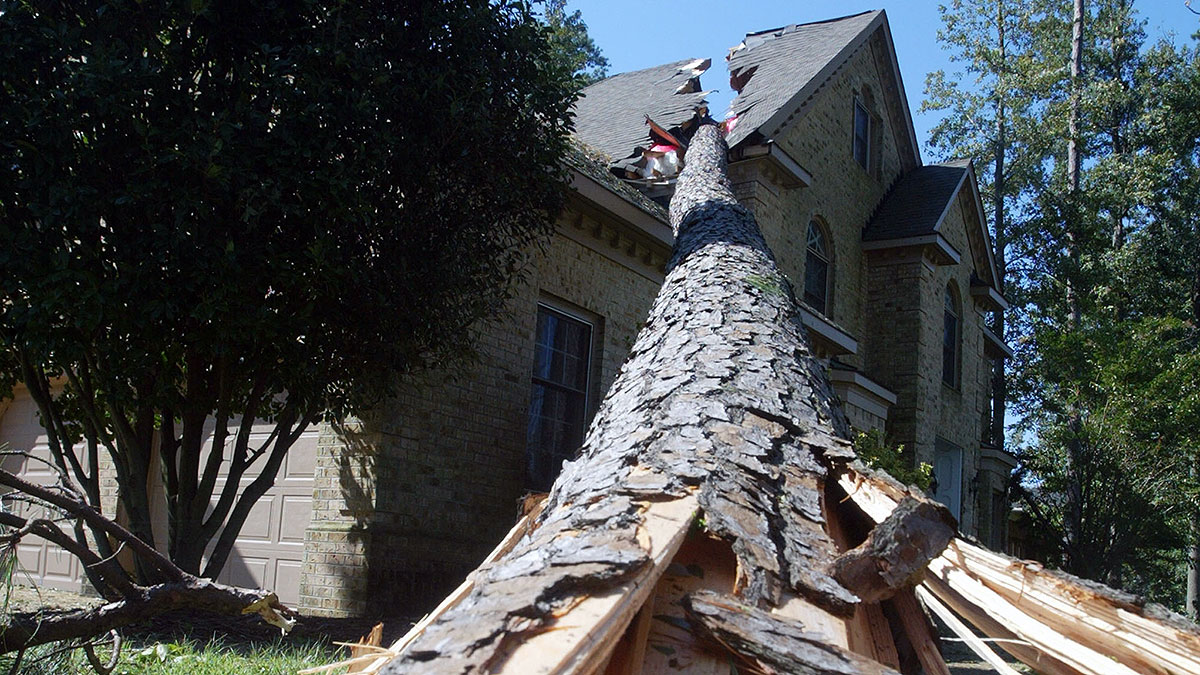400pc RISE: Are Aussie timber prices about to go through the roof?

Pic: Getty
In the US, timber prices are going nuts.
The price of lumber has skyrocketed to $US1,048 per thousand board feet, up nearly 400% from a year ago – a result of reduced production during COVID-19’s early months, and a DIY and housing boom sparked by low interest rates.
Check out these futures:

Ouch. Any DIYer would have seen a few of these memes floating around.

Classic stuff. More importantly for US investors, share prices of wood suppliers are flying.
Australia is entering a building and construction boom of our own. Could the same situation play out Down Under?
There are couple of wood stocks on the ASX — Big River Industries (ASX:BRI) and Kangaroo Island Plantation Timbers (ASX:KPT).
Big River CEO Jim Bindon told Stockhead that while the US situation does not have a direct impact on Australia, wood suppliers and consumers here are grappling with challenges all their own.
“There is an immaterial amount of lumber than comes in from the US to Australia,” he says.
“But there are indirect impacts.
“European lumber or timber products, some of which are imported into Australia, are being diverted into the US because of the material price increases there,” Bindon says.
“Redirecting some European product away from Australia is hitting a couple of structural products used in housing, which have led to small price increases.”
Shortages hit timber prices
Shortages in Australia have also been caused by a couple of other factors.
“One, a modest spike in demand based on the increases in detached housing, linked to the Home Builder scheme in Australia,” Bindon says.
“Two, the major fires in Australia a bit over a year ago took out quite a substantial amount of the pine resource.
“That has reduced the Australian manufacturing fraternity’s ability to just ramp up production to meet the uptick in demand.”
Then there are the restricted imports — in part due to escalating US prices, but mostly because freight and shipping capacity has been severely interrupted by COVID-19.
“A lot of these products come out of Eastern Europe, some of those countries have still got quite extensive problems with COVID-19,” Bindon says.
“It’s a bit of a triple whammy – we have lost Australian resources, we have less imports coming in, and you have spike in demand.”
Bindon thinks these issues will sort themselves out by the end of 2021.
“I think it’s just a small timing issue around those three factors – reduced imports, reduced local supply, and small spike in construction.
“I think it was all smooth itself out certainly by the end of this calendar year.”
‘The start of a 3-4 year boom cycle’
While Aussie timber futures won’t go through the roof anytime soon, it is a good time to invest in an Australian-based, construction-facing business, Bindon says.
“We are moving into a 3 to 4 year upswing in the construction cycle,” he says.
“I’m sure that why all the building materials companies are materially higher than their 12-month low.
“People are seeing the cycle has moved. Those that don’t like the cyclicality of building products have stayed out for the last few years, and I think those very same investors are seeing this as an opportune time to jump back in.”
UNLOCK INSIGHTS
Discover the untold stories of emerging ASX stocks.
Daily news and expert analysis, it's free to subscribe.
By proceeding, you confirm you understand that we handle personal information in accordance with our Privacy Policy.








